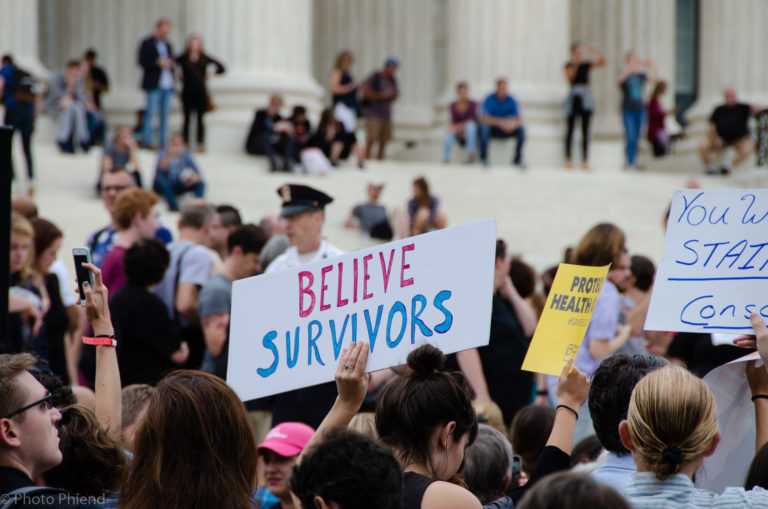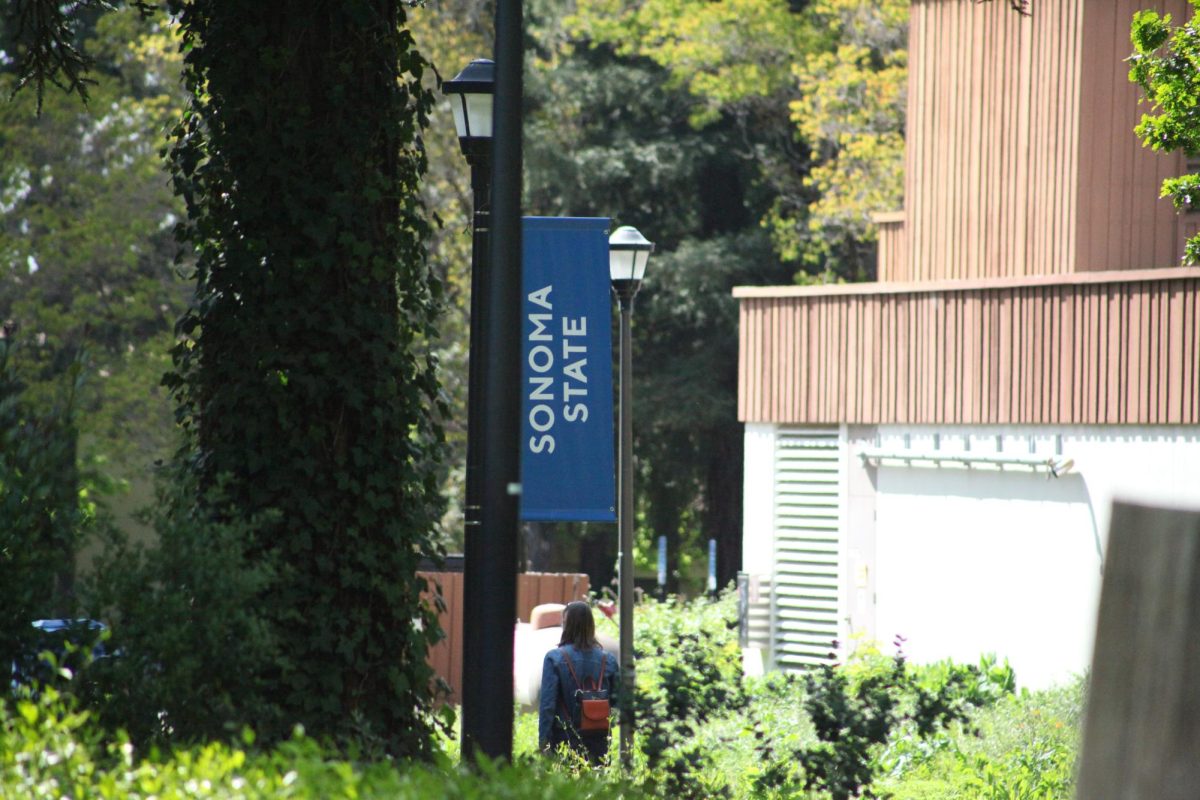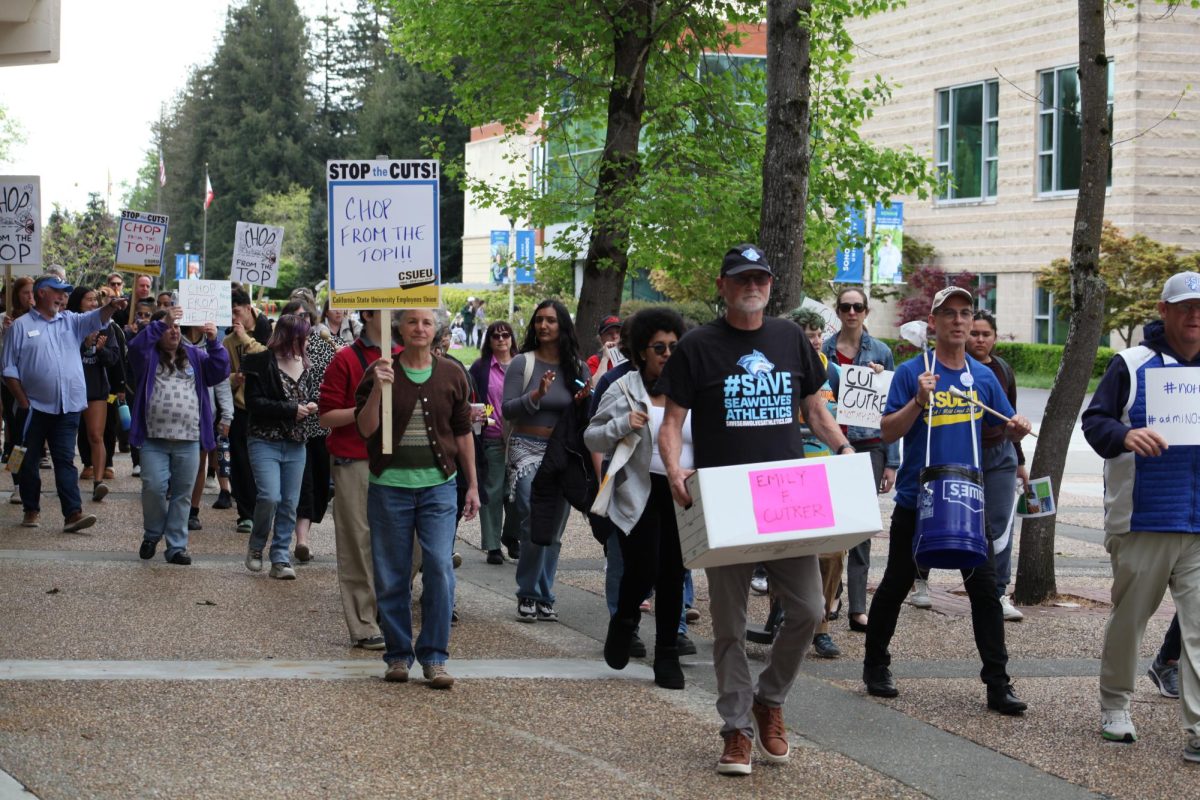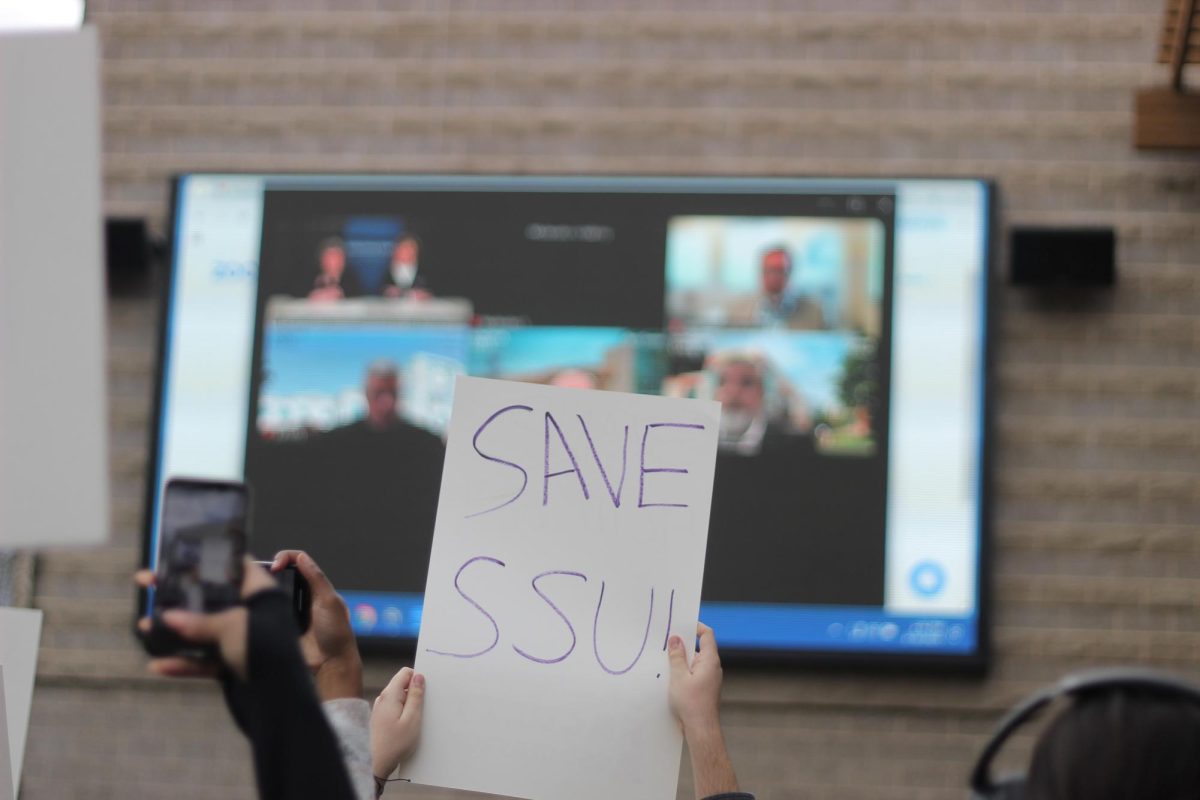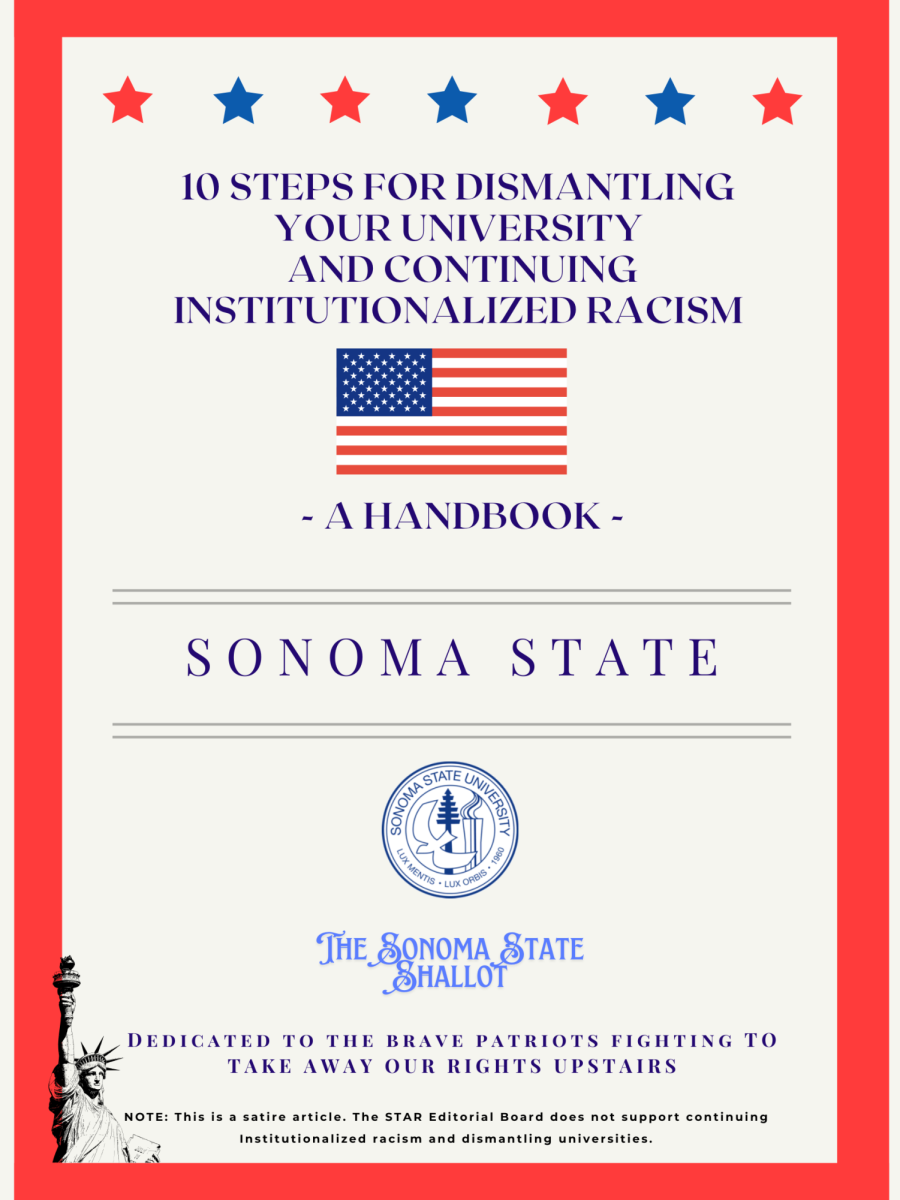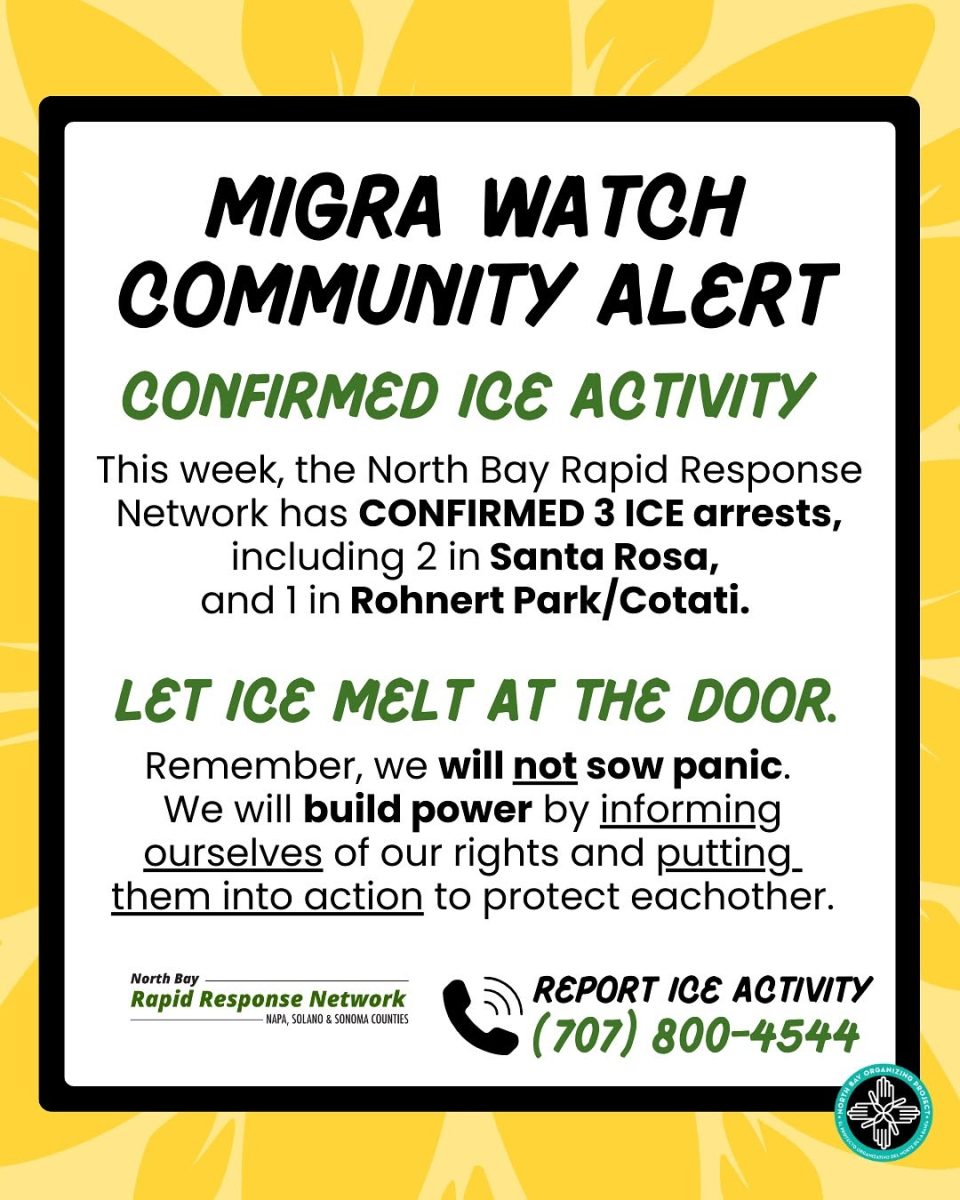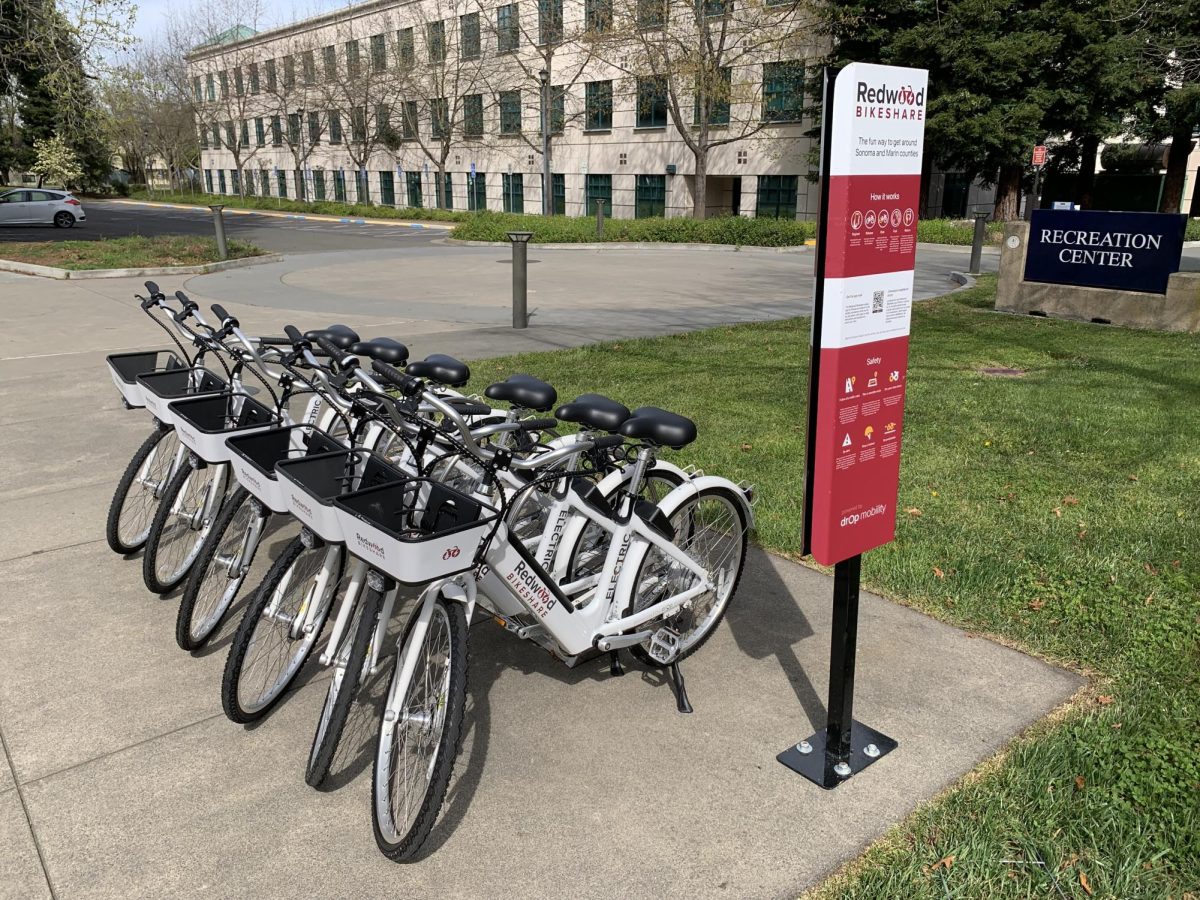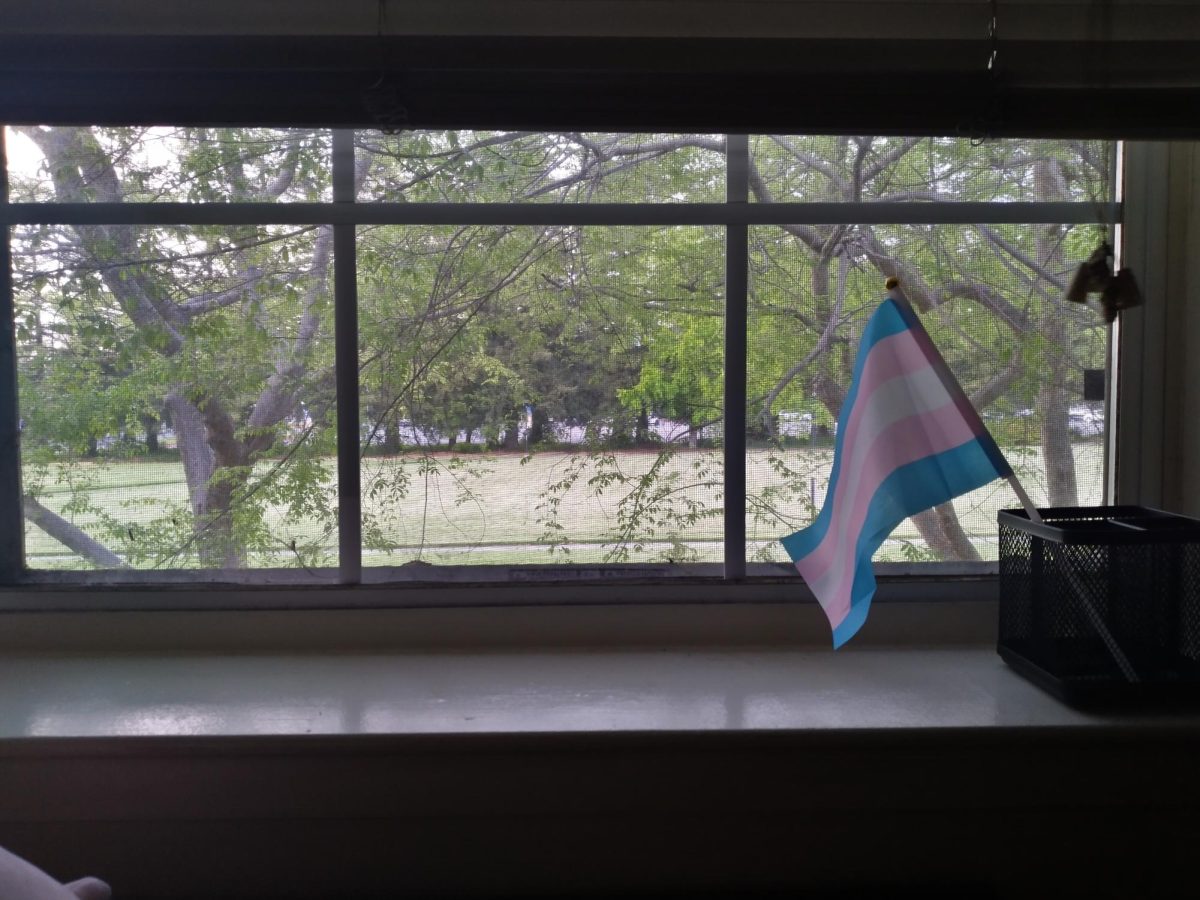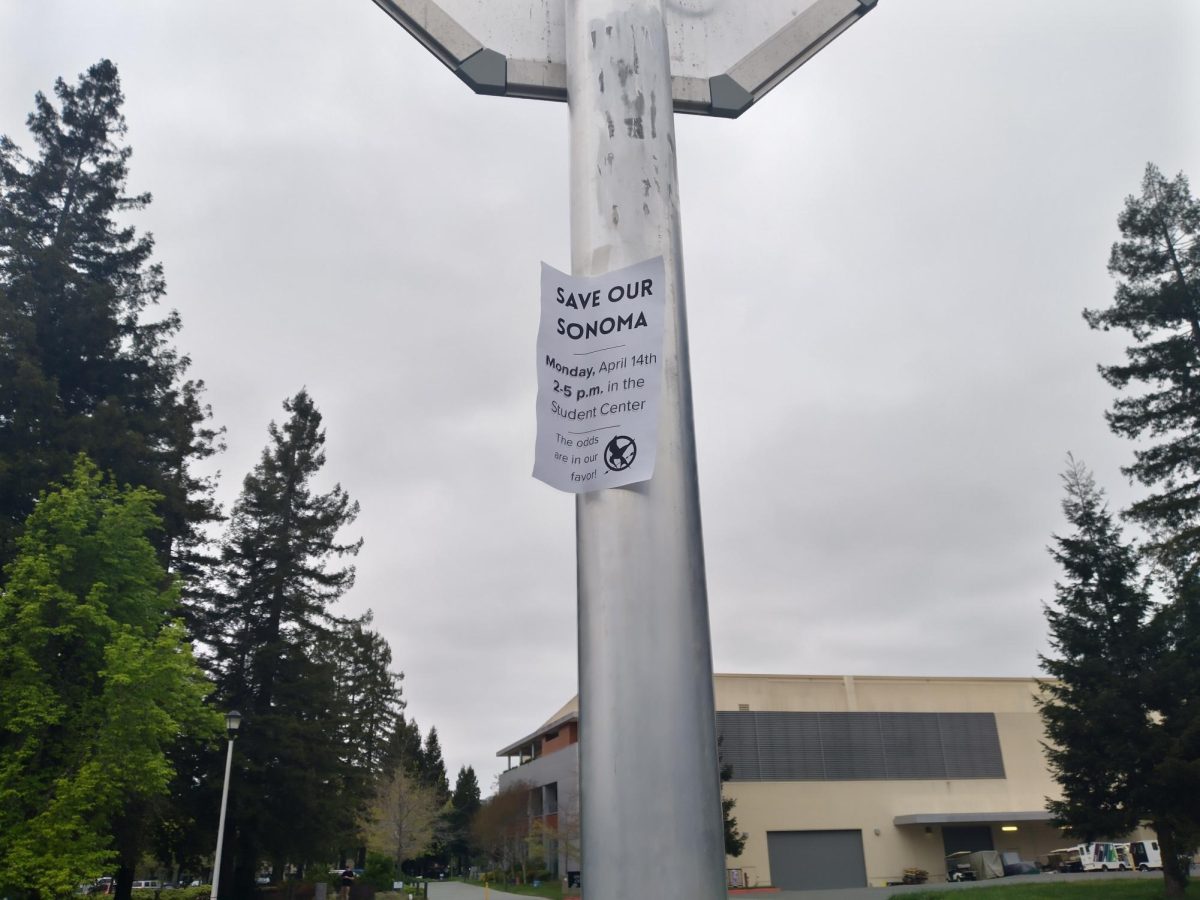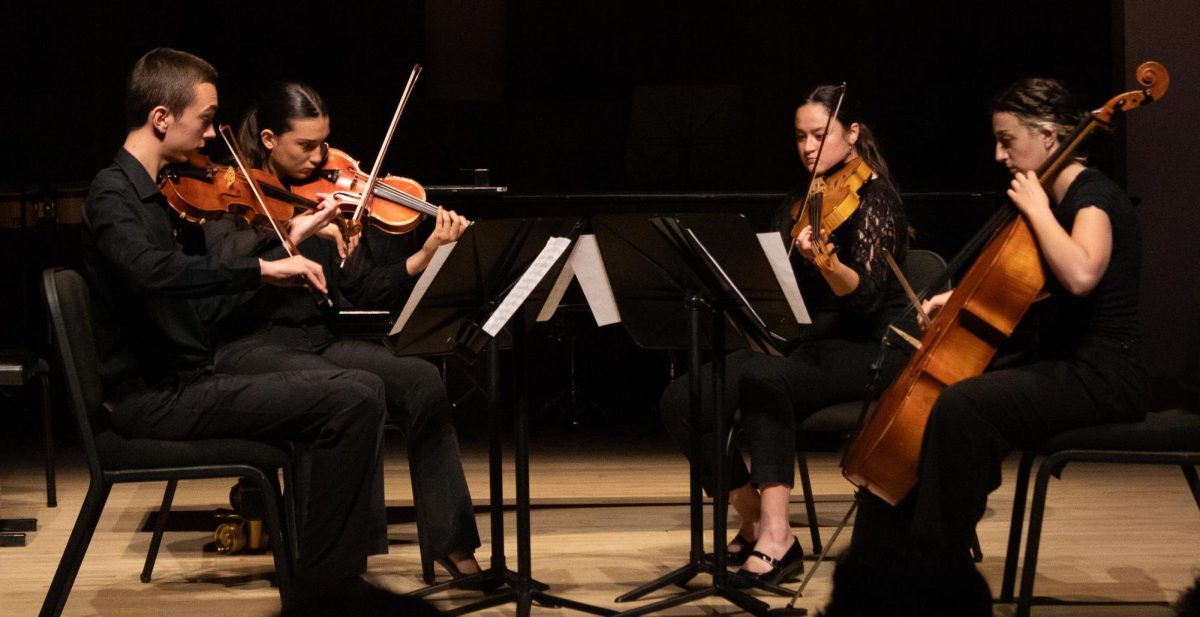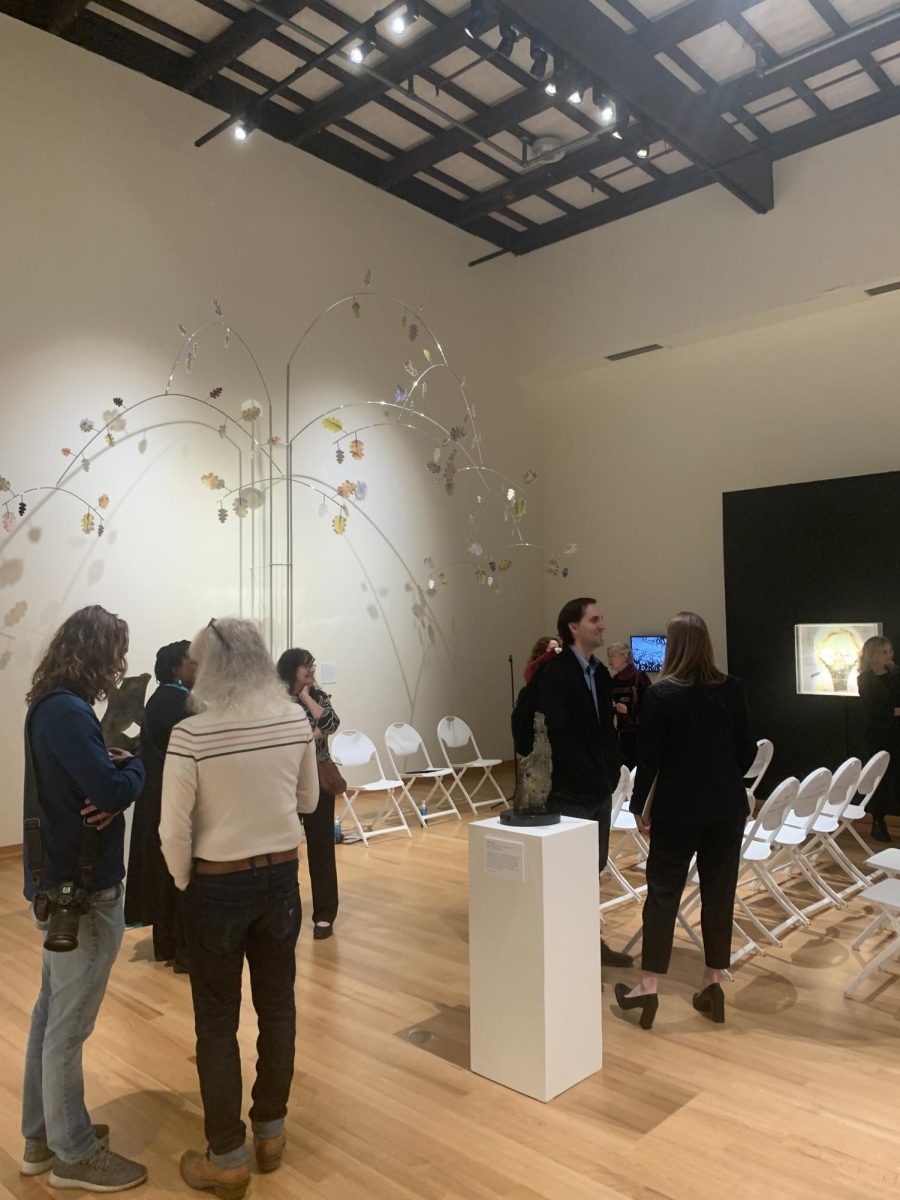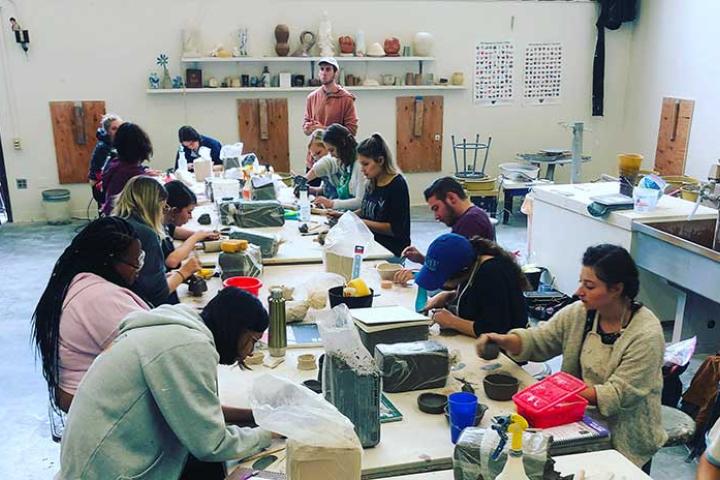Everyone takes pride in the national and historic beauty of the Golden Gate Bridge, but did you know it’s the site where more people go to commit suicide than anywhere else in the world?
The Golden Gate Bridge is closing in on 2,000 suicides, beginning when it was built in 1937 and not a single change has been made to improve this statistic.
Sadly, the designers for the bridge planned to have higher railings, but at last minute lowered the railing for a better view of San Francisco.
This resulted in an insurmountable number of suicides, even allowing a 5-year-old girl to climb over the railing and jump in 1945.
I was scared to lean on the Golden Gate Bridge railing when walking the bridge with my family, realizing how easy it would be to climb over. A jumper once asked in his final note, “Why do they make it so easy?”
In 2008, Golden Gate Bridge District officials approved the addition for a net under the bridge to prevent suicide, but unfortunately, due to the roughly $50 million cost, it was never implemented.
Golden Gate Bridge District officials recently approved a $25 million fee for a concrete median barrier to separate the traffic lanes.
Interestingly enough, there has not been a deathly head-on crash in 12 years and there have only been 16 since 1970. I believe there should be a concrete median barrier for driving safety, but why don’t officials place a safety net for suicides as well?
The Eifel Tower, Empire State building, Sydney Harbor Bridge and many other national landmarks have safety barriers, but not the Golden Gate Bridge.
Marin County coroner, Ken Holmes, who handled the bridge suicides, reported that thirty-seven people committed suicide in 2011, 32 in 2010, 31 in 2009 and 34 in 2008.
I find it so sad and disturbing that the city of San Francisco and Golden Gate Bridge District officials blatantly don’t care about the lives lost on their iconic bridge.
Some reasons they don’t want to add the safety net is because it will compromise the look of the bridge or it costs too much money; I find these reasons to be minor compared to the multiple deaths that have occurred over the years.
The officials also believe that people who want to commit suicide will find other ways to do so, but studies show that people thinking of committing suicide fixate on one way to do it.
Richard Seiden, a UC Berkeley professor, tracked 515 people who were prevented from jumping off the bridge from 1937 to 1971. Seiden’s case study found that only six percent went on to commit suicide, while the rest went on to live their lives.
There is not an exact number for people who commit suicide on the Golden Gate Bridge, but sources say it is close to 2,000.
Adding a safety net to the bridge and applying this UC Berkeley study to 2,000 suicides theoretically speaking would save 1,880 peoples lives.One in 50 survives the 25-story jump, usually suffering major physical injuries.
“I instantly realized that everything in my life that I’d thought was unfixable was totally fixable – except for having jumped,” said Ken Baldwin in an interview with New Yorker magazine.
Baldwin miraculously survived the leap, forever changing his perspective on life. I wish more people could be enlightened with this life-changing epiphany before ending their life.
We lose lives to suicide every day and if we have the opportunity to help save those lives then I strongly believe we should do everything in our power to help.
Unfortunately, officials of the Golden Gate Bridge won’t help, but maybe you can.
Spread awareness, and remember that ending one’s own life is never the only option.

